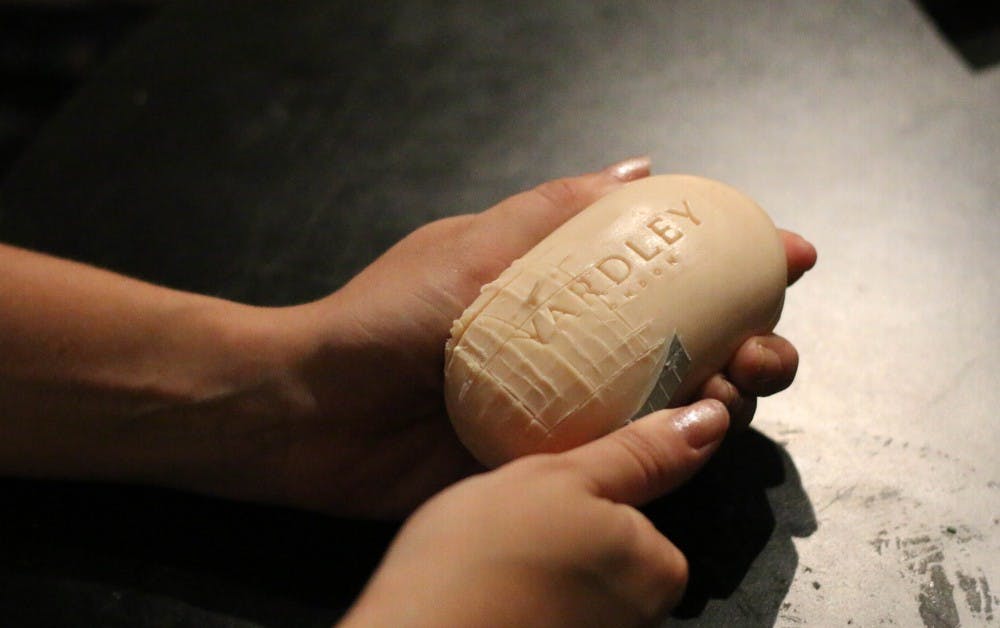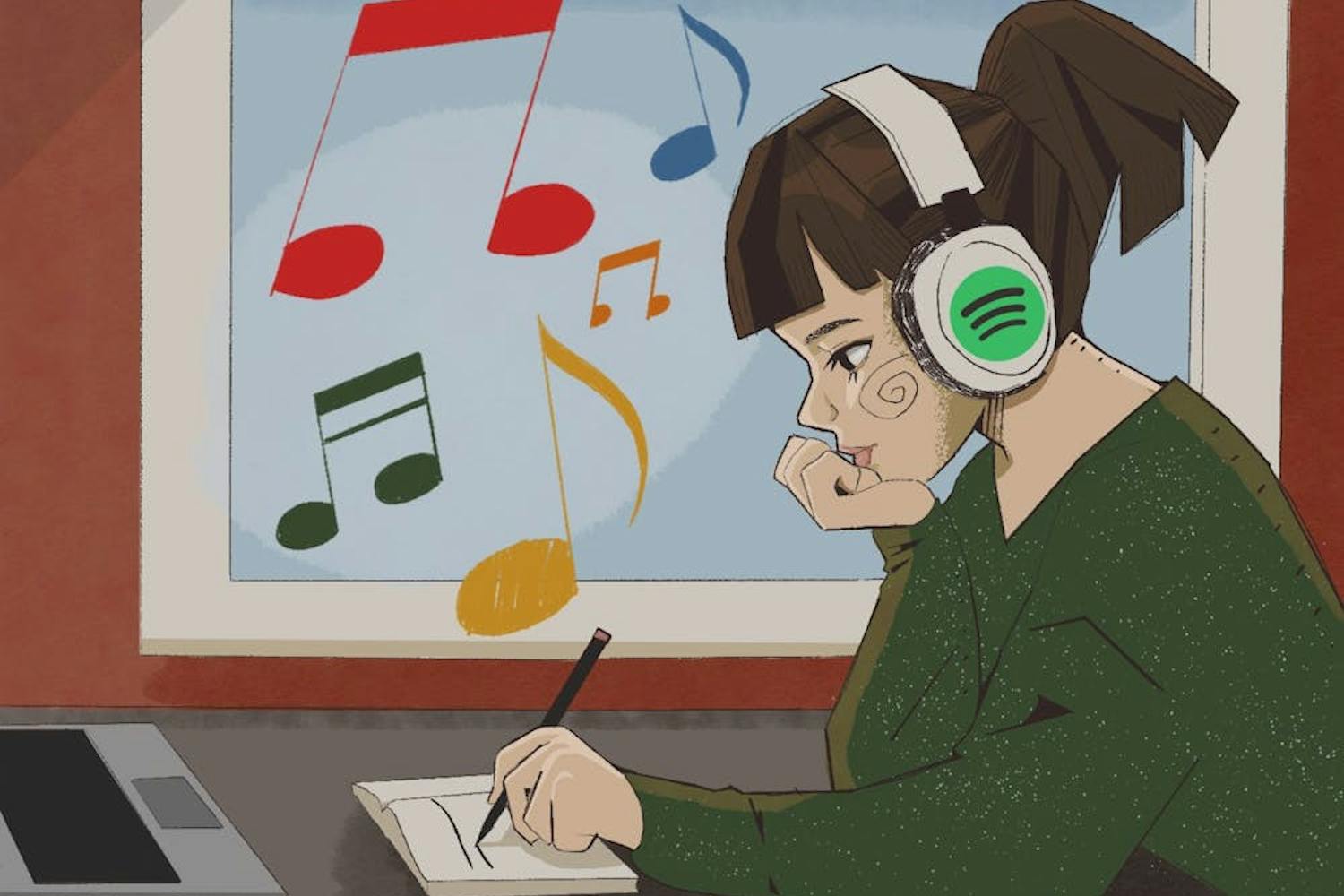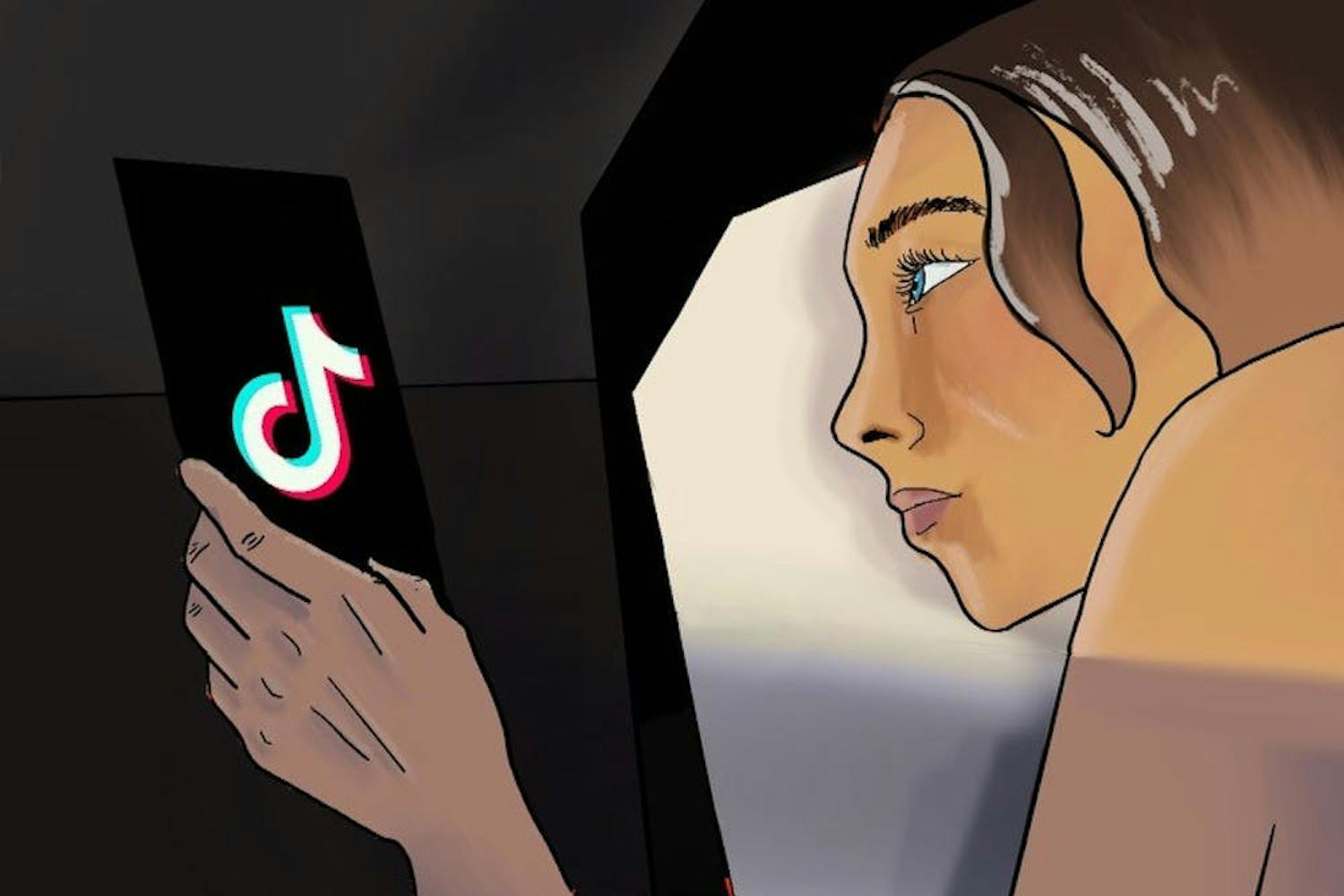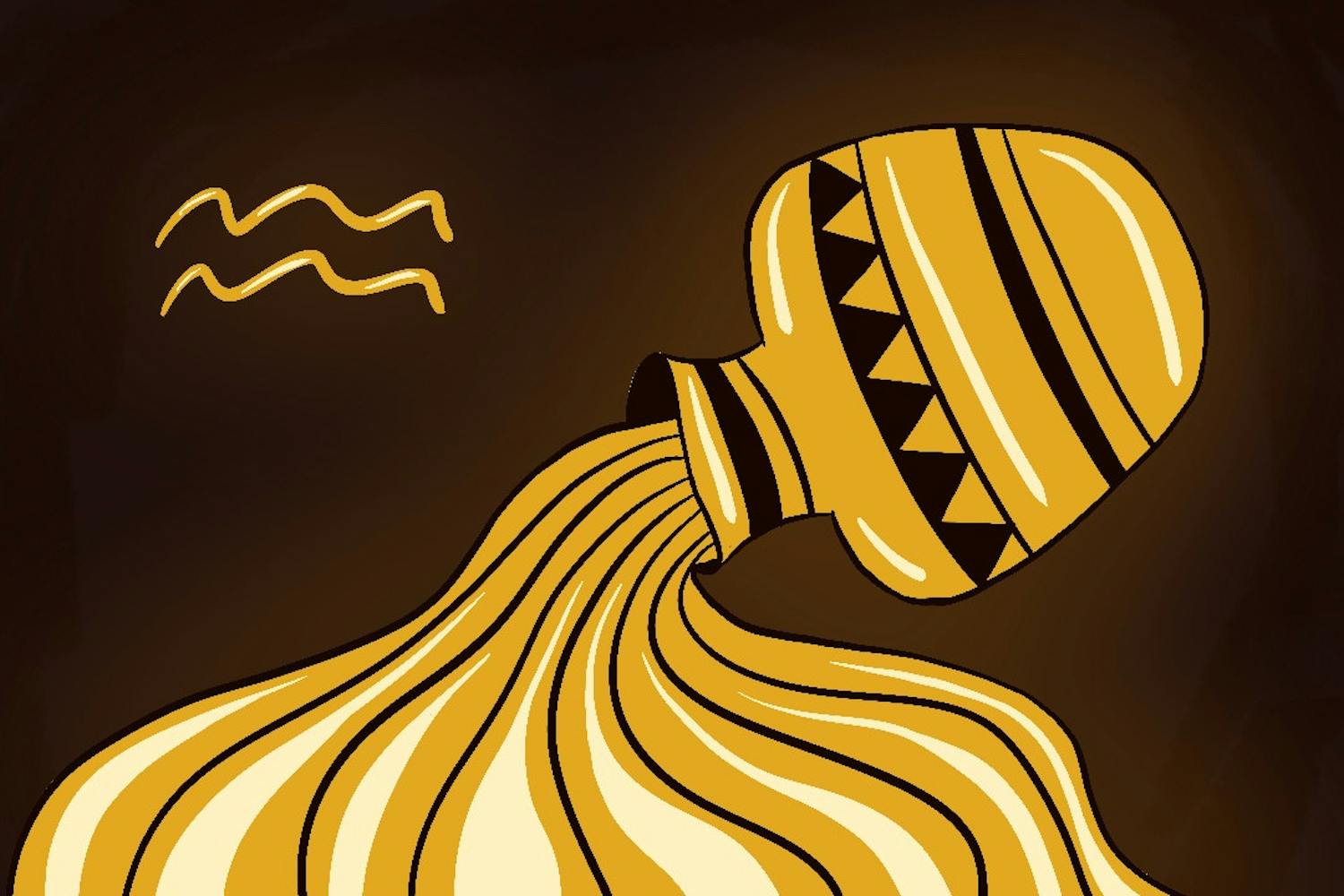Nails scraping on rough fabric. Stories told in breathy whispers. Lips smacking and teeth crunching.
For some, these sounds do little more than make the listener feel unsettled or disturbed, but for a growing number of people online, these sounds provide comfort and a temporary release from stress.
Autonomous Sensory Meridian Response, more commonly known as ASMR, is characterized as a tingling sensation that travels from the back of the head, down the spine and sometimes to the rest of the body, according to ASMR University. The sensation is brought on by a wide range of visual and auditory stimuli, including whispers, tapping, crinkling and eye contact.
A study conducted in 2015 found that triggering ASMR shows “temporary improvements in symptoms of depression and chronic pain,” and that its primary function among those who view ASMR media is relaxation.
The ASMR community started in 2007 with the creation of a forum thread titled "Weird sensation feels good." The first YouTube whisper account, WhisperingLife, was created two years later.
Since then, ASMR's popularity has exploded, sparking the creation of countless social media accounts dedicated to providing audiences with visuals and sounds to help people relax.
Some celebrities have even made their own ASMR videos or held interviews in an ASMR-friendly style. ASMR University has a list of celebrities who have talked about or done ASMR videos, including Jake Gyllenhaal, Ashton Kutcher and Emma Stone.
The currently used name for the genre was coined by Jennifer Allen, who said in an interview that she created the term because she “knew with something as difficult to describe and as sensitive for people to open up about as ASMR, that we would need something that objectively and definitively named the sensation.”
Ally Hardesty, who goes by ASMR Ally on her YouTube channel, has been making ASMR videos since February 2018. Her videos include role-playing scenarios like a friend doing your makeup, unboxing videos and videos of her whispering while eating.
Hardesty started watching ASMR to help with her insomnia, which she has struggled with since youth.
“If I listen to ASMR, I'll fall asleep pretty much instantly,” she said. “It basically hypnotizes me. I don't know what it does to me, but it's the one thing that's helped me to get sleep.”
Hardesty’s first memories of feeling ASMR tingles are when her mom played with her hair until she fell asleep as a child. Many ASMR role-play videos revolve around sounds associated with hair, and Hardesty even has a video on her channel where she role-plays as a rude hairstylist.
She said she gets a lot of enjoyment out of ASMR accounts that post more humorous role-plays, like SouthernASMR Sounds and KAYsmr, and that they inspire her to be more creative with her content, like the hairstylist video.
“I literally love the ones where they're mean to you,” she said. “I just think it's funny."
Mitch Siruno, a fifth year ASU student studying statistics, said he also uses the videos to help him fall asleep and to relieve any tensions he may be feeling.
“Sometimes I’ll just put it on as a background, and I can stray away from my mind and just sort of knock out,” he said.
Siruno said his first experience with the ASMR sensation was at 16 years old when he watched a 3D barbershop video that included whispering.
Siruno said he sometimes has to take breaks from watching ASMR videos or the sounds lose their tingle-eliciting abilities.
Adriana Falero, an ASU junior studying journalism, said she uses the videos to help put her mind at ease and fall asleep.
“It’s one of the best ways to relax,” she said. “You’re not in your thoughts, you’re not thinking about your worries or anything like that. You’re just watching the video.”
Falero said she has felt ASMR tingles since her childhood, and remembers her first experience feeling ASMR at 6 years old when visiting the eye doctor.
“It was the whole relaxing eye test and waving the pen and all of that, and the light,” she said. “I think I got tingles from that. And when I go to the hair salon and things like that, I get them in real life.”
For viewers like Falero, ASMR videos make the internet a more comfortable place to be.
“I think it’s just a good side of YouTube,” she said. “It’s really relaxing, and it’s pressure-free — you don’t have to watch the whole video or anything, it’s just to go to sleep.”
Editor’s Note: Adriana Falero formerly worked for The State Press as a reporter.
Reach the reporter at mrobbin9@asu.edu or follow @MelissaARobbins on Twitter.
Like The State Press on Facebook and follow @statepress on Twitter.




